Introduction
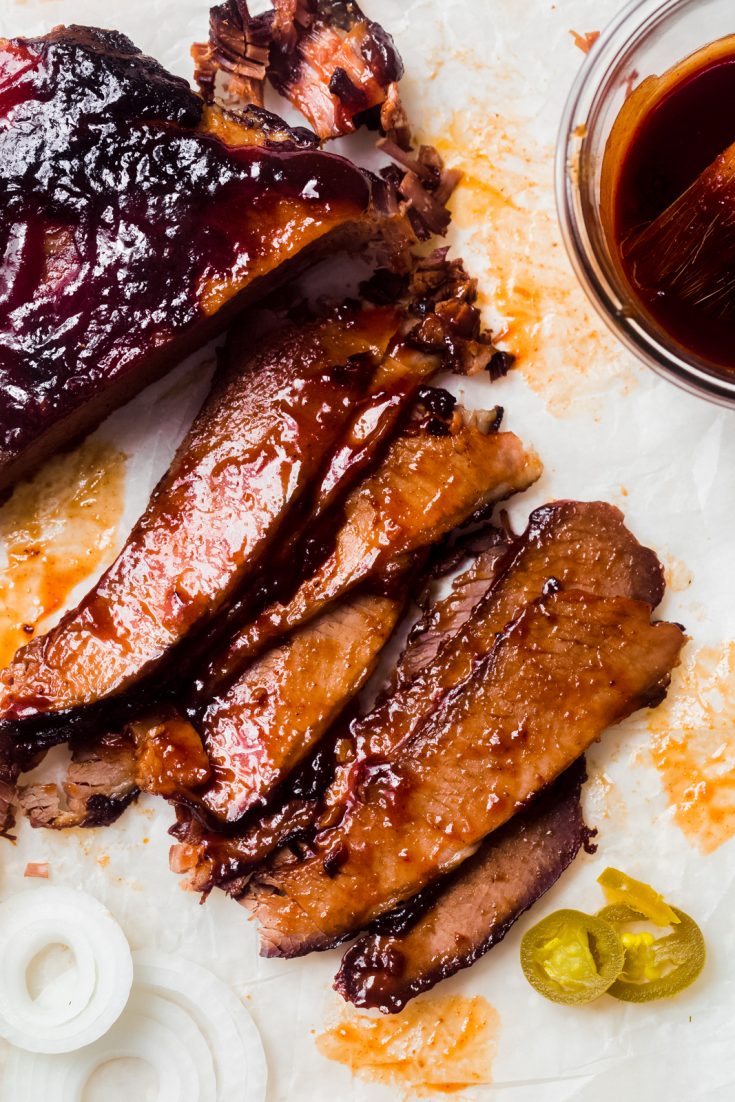
Smoking brisket has become a popular cooking method for achieving tender and flavorful meat. The temperature at which the brisket is smoked plays a crucial role in determining the final result. The debate between smoking at 180 or 225 degrees Fahrenheit has garnered attention among barbecue enthusiasts. While 225 degrees is often considered the ideal range for achieving optimal results, smoking at 180 degrees can offer a unique, intense smoky flavor. Both temperatures have their benefits and drawbacks, and understanding the science behind collagen breakdown and its relationship to temperature can help in making an informed decision.
Why Smoking Brisket Is A Popular Cooking Method
Smoking brisket has gained immense popularity as a cooking method due to the unique flavors and tenderness it imparts to the meat. Slowly smoking the brisket over a long period allows for the breakdown of tough connective tissues, resulting in a melt-in-your-mouth texture. Additionally, the combination of smoke and low, slow heat infuses the meat with a rich, smoky flavor profile that is highly sought after by barbecue enthusiasts. The smoking process also provides an opportunity for creativity, allowing for the use of various wood chips and seasonings to enhance the overall taste.
The Impact Of Temperature On The Smoking Process
The temperature at which you smoke your brisket plays a crucial role in the overall outcome of the smoking process. Higher temperatures, such as 225°F, result in a faster cooking time, while lower temperatures, like 180°F, require more time but enhance the smoky flavor. The heat from the smoker helps break down the tough connective tissues in the meat, resulting in a tender and juicy brisket. However, it’s important to maintain a steady temperature throughout the cooking process to ensure even and consistent smoking.
The Science Behind Smoking Brisket
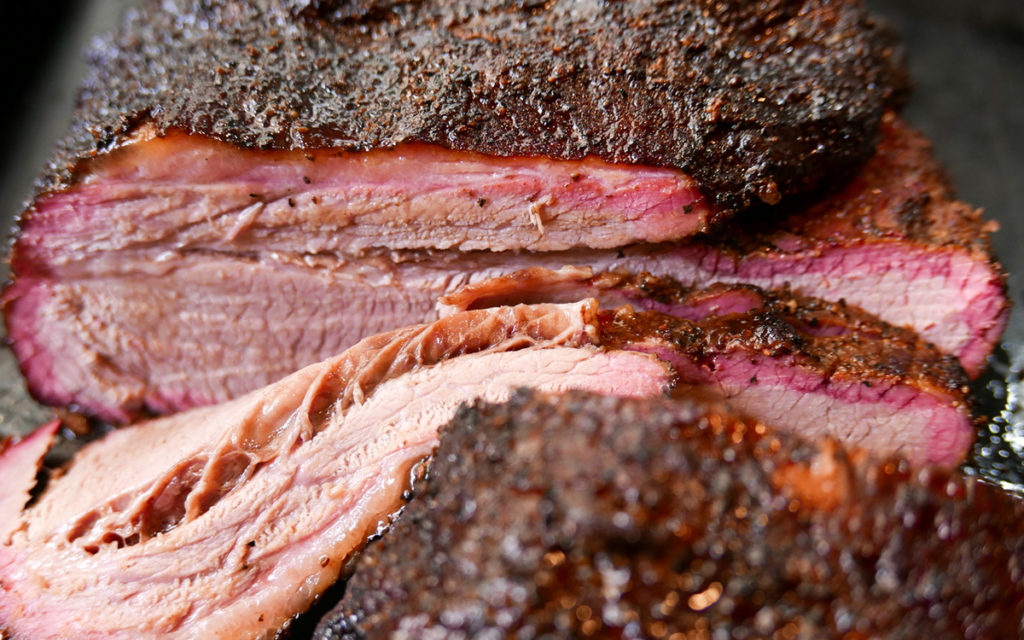
The science behind smoking brisket lies in the breakdown of collagen, a tough protein that makes the meat chewy. When brisket is exposed to low and slow heat, the collagen slowly breaks down into gelatin, resulting in a tender and moist meat texture. The temperature at which you smoke the brisket affects the collagen breakdown. Lower temperatures like 180°F allow for a longer cooking time, giving the collagen more time to break down, resulting in a more tender brisket. On the other hand, higher temperatures like 225°F expedite the cooking process but may result in a slightly less tender texture.
The Role Of Collagen Breakdown In Achieving Tender Brisket
Collagen is a tough protein found in the connective tissues of brisket. It is responsible for the chewy texture of the meat. To achieve tender brisket, the collagen needs to be broken down into gelatin. When brisket is exposed to low and slow heat during the smoking process, the collagen slowly breaks down, resulting in a tender and moist texture. This breakdown of collagen is crucial in achieving that melt-in-your-mouth brisket experience. The longer the cooking time at a low temperature, the more collagen breaks down, resulting in a more tender brisket.
The Effect Of Temperature On Collagen Breakdown
The temperature at which brisket is smoked plays a crucial role in the breakdown of collagen. At lower temperatures, such as 180°F, collagen breaks down slowly over an extended period. This results in a more tender and melt-in-your-mouth texture. On the other hand, smoking at 225°F can speed up collagen breakdown, but may not result in the same level of tenderness as a lower temperature. It’s important to note that higher temperatures can also increase the risk of drying out the brisket if not properly monitored. Therefore, finding the right balance between temperature and cooking time is key to achieving the desired tenderness in your brisket.
Smoking At 180 Degrees Fahrenheit
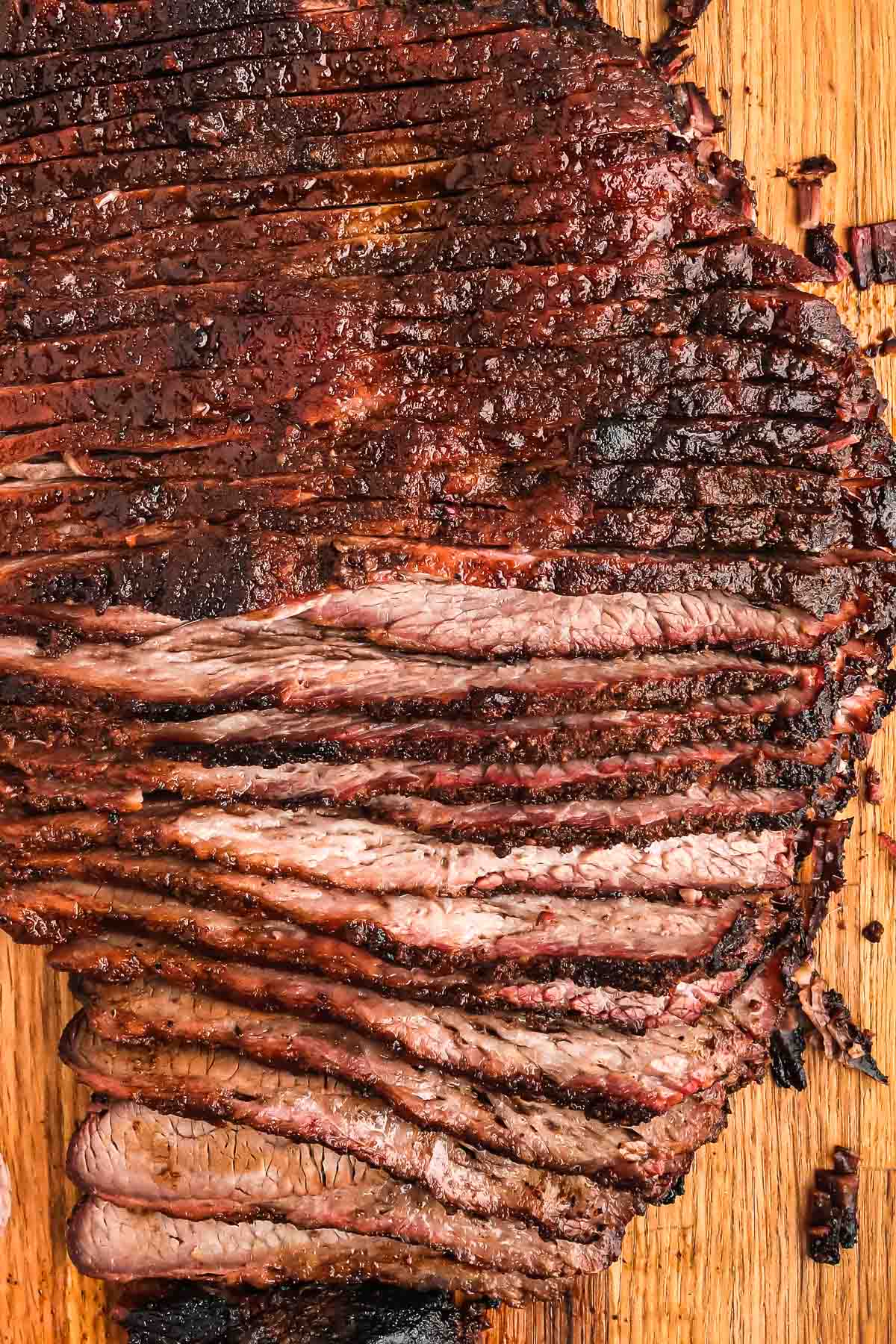
Smoking brisket at 180 degrees Fahrenheit offers several benefits for achieving a tender and juicy result. The low temperature allows for a slow and gradual breakdown of collagen, resulting in a melt-in-your-mouth texture. Additionally, smoking at 180°F gives the meat more time to absorb the flavors of the smoke, enhancing its overall taste. However, it’s important to note that smoking at this temperature requires patience as it can take longer to cook the brisket. To maintain a steady 180°F, it is recommended to use a reliable thermometer and adjust the airflow accordingly.
Benefits And Drawbacks Of Smoking Brisket At 180°F
Smoking brisket at 180°F offers several benefits for achieving a tender and juicy result. The low temperature allows for a slow and gradual breakdown of collagen, resulting in a melt-in-your-mouth texture. Additionally, smoking at 180°F gives the meat more time to absorb the flavors of the smoke, enhancing its overall taste. However, it’s important to note that smoking at this temperature requires patience as it can take longer to cook the brisket. To maintain a steady 180°F, it is recommended to use a reliable thermometer and adjust the airflow accordingly.
Tips For Maintaining A Low Temperature For An Extended Period
To maintain a low temperature of 180°F for an extended period when smoking brisket, there are a few tips to keep in mind.
- Use a reliable thermometer: Monitor the temperature of your smoker consistently to ensure it stays at 180°F. This will help you make any necessary adjustments to maintain the desired temperature.
- Adjust the airflow: Controlling the airflow in your smoker is crucial for maintaining a steady temperature. Increase or decrease the intake and exhaust vents to regulate the amount of oxygen and heat inside the smoker.
- Use a water pan: Placing a water pan in the smoker can help regulate temperature by acting as a heat sink. The water evaporates slowly, keeping the temperature inside the smoker stable and preventing it from getting too hot.
- Use a good insulation blanket: Insulating your smoker with a high-quality blanket can help retain heat and maintain a low temperature for a longer time. This can be especially helpful during colder weather conditions.
By following these tips, you can ensure that your brisket cooks slowly and evenly at a low temperature, resulting in a tender and flavorful final product.
Smoking At 225 Degrees Fahrenheit

Smoking brisket at 225 degrees Fahrenheit offers several advantages. First, it allows for a faster cooking time compared to lower temperatures. This is beneficial for those who are short on time but still want to enjoy a delicious, smoky brisket. Second, the higher temperature can help create a slightly crispier bark on the outside of the brisket. However, it’s important to note that smoking at 225°F may result in a slightly less tender brisket compared to cooking at lower temperatures. It’s crucial to monitor the temperature closely and make any necessary adjustments to ensure a successful cook.
Advantages And Disadvantages Of Smoking Brisket At 225°F
When smoking brisket at 225°F, there are several advantages to consider. Firstly, this higher temperature allows for a faster cooking time, which is beneficial for those who are short on time. Additionally, the higher temperature can help create a slightly crispier bark on the outside of the brisket. However, it’s important to note that smoking at 225°F may result in a slightly less tender brisket compared to cooking at lower temperatures. It’s crucial to monitor the temperature closely and make any necessary adjustments to ensure a successful cook.
Methods To Keep The Temperature Steady Throughout The Smoking Process
To maintain a consistent temperature of 225°F during the smoking process, there are a few methods you can employ.
- Use a reliable smoker or grill that is known for its temperature control capabilities.
- Use a thermometer to monitor the internal temperature of the smoker and make adjustments as needed.
- Avoid constantly opening the smoker, as this can cause fluctuations in temperature.
- Use a water pan to help regulate and stabilize the temperature.
- Consider using a heat diffuser or deflector plate to distribute heat evenly.
- Use high-quality charcoal or wood that burns consistently.
- Plan ahead and allow ample time for the smoker to reach and stabilize at the desired temperature before adding the brisket.
By implementing these methods, you can ensure a steady and consistent temperature throughout the smoking process, resulting in a perfectly smoked brisket.
Choosing Your Ideal Smoking Temperature
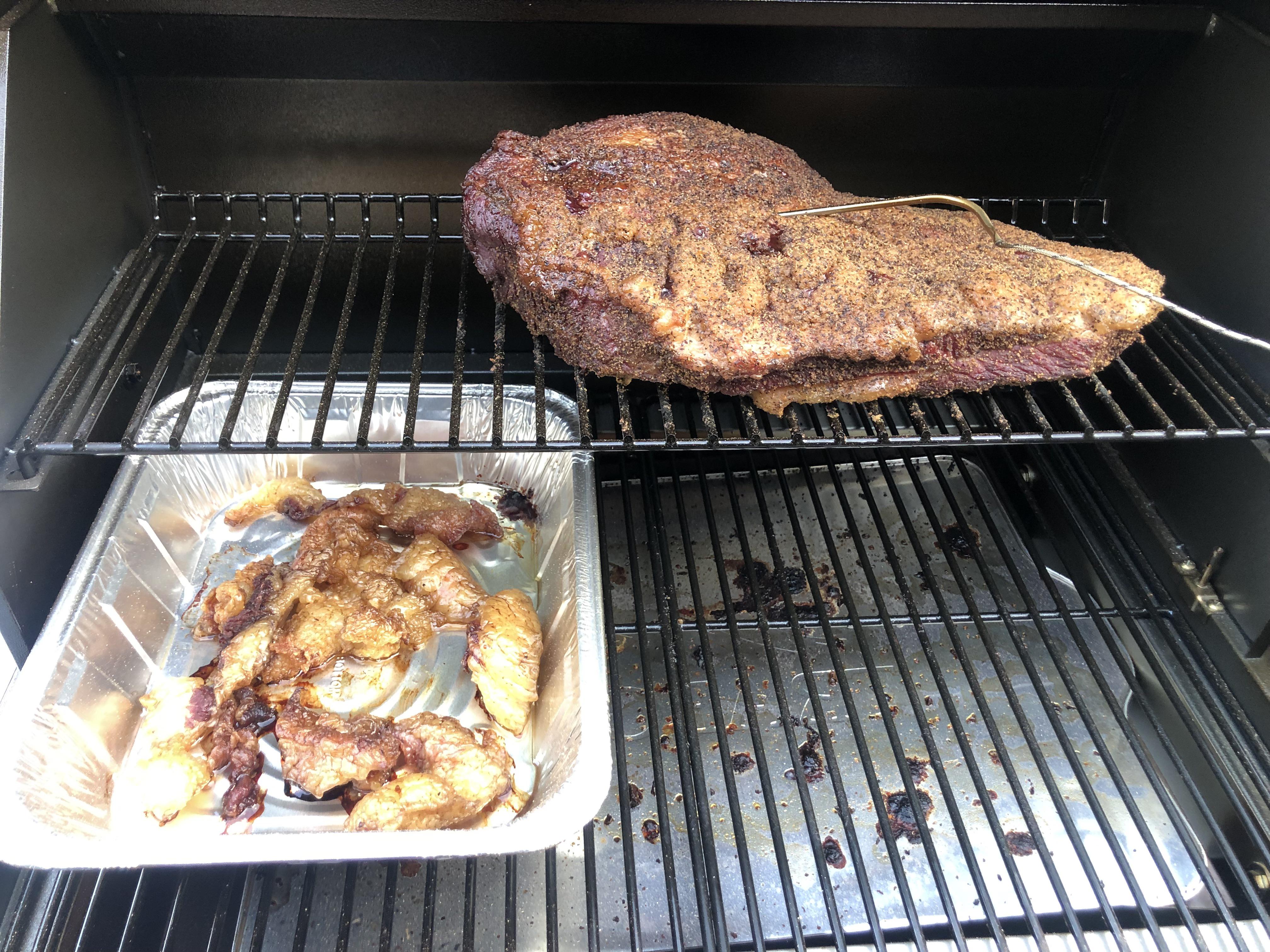
When deciding between smoking brisket at 180°F or 225°F, there are a few factors to consider. Firstly, think about your desired outcome – do you prefer a slightly faster cook with a less tender result, or are you willing to invest more time for a more juicy and tender brisket? Time constraints also play a role, as smoking at 180°F requires extra time. Ultimately, it’s important to experiment and find the temperature that works best for your taste and desired outcome. Remember to take into account your personal preferences and the time you have available.
Factors To Consider When Deciding Between 180°F And 225°F
When deciding between smoking brisket at 180°F or 225°F, there are a few factors to consider. Firstly, think about your desired outcome – do you prefer a slightly faster cook with a less tender result, or are you willing to invest more time for a more juicy and tender brisket? Time constraints also play a role, as smoking at 180°F requires extra time. Ultimately, it’s important to experiment and find the temperature that works best for your taste and desired outcome. Remember to take into account your personal preferences and the time you have available.
Experimenting With Different Temperatures To Achieve Desired Results
To find your ideal smoking temperature for brisket, it’s important to experiment with different temperatures and take note of the results. Start by trying both 180°F and 225°F and see how they affect the tenderness and juiciness of the meat. You can also try smoking at temperatures in between, such as 200°F or 215°F, to see if they provide a balance of tenderness and cooking time. Keep in mind that each brisket is unique, so what works for one may not work for another. Take notes and adjust your cooking temperature accordingly until you achieve your desired outcome.
Conclusion
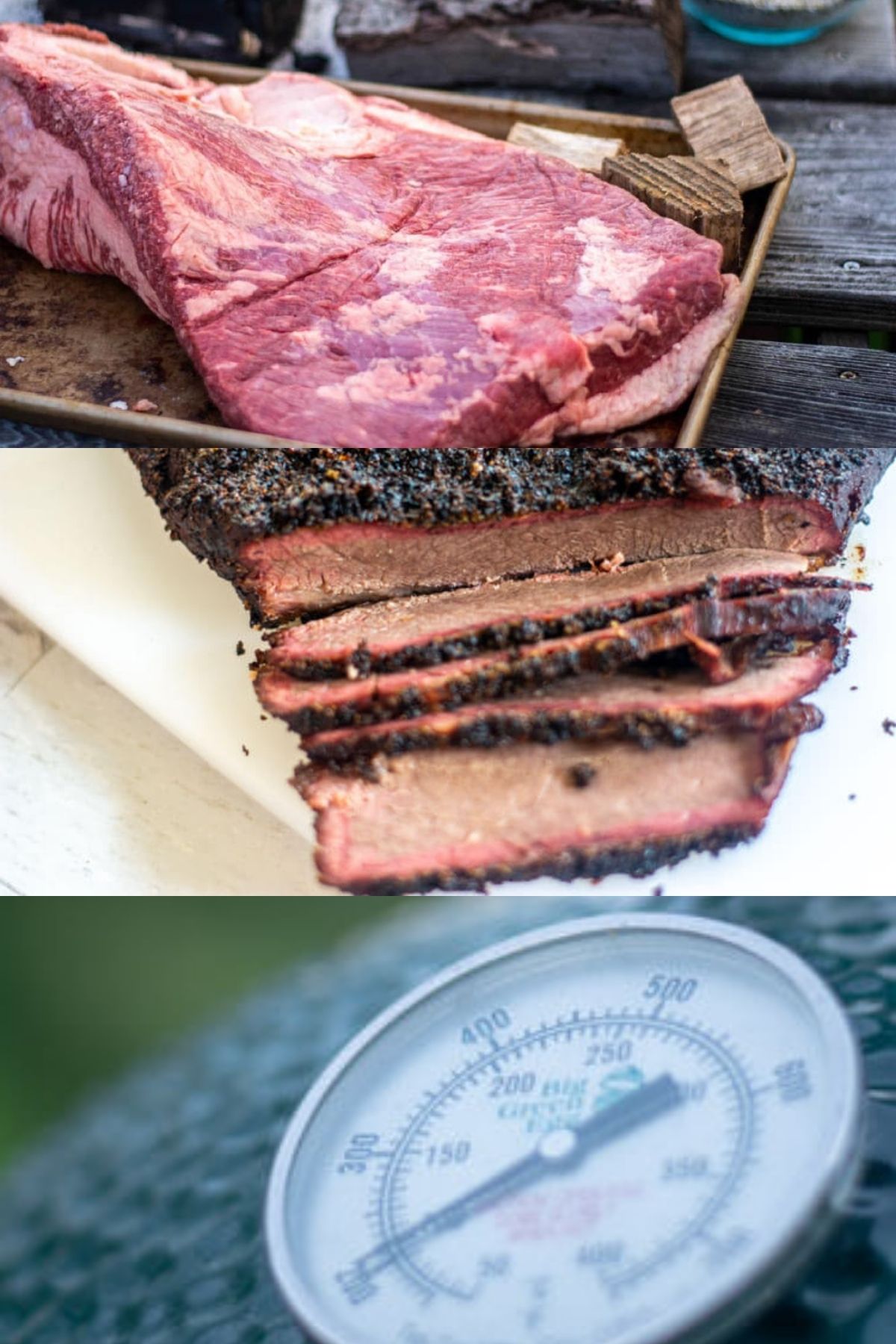
In conclusion, the decision to smoke brisket at 180 or 225 degrees Fahrenheit ultimately depends on personal preference and time constraints. Smoking at 225°F allows for a faster cook but may result in a slightly less tender brisket. On the other hand, smoking at 180°F yields a more juicy and tender result but requires additional cooking time. It is important to experiment with different temperatures and take note of the results to find your ideal smoking temperature. Remember to consider factors such as tenderness, cooking time, and desired outcome when selecting your smoking temperature.
Summary Of The Benefits And Drawbacks Of Smoking Brisket At Different Temperatures
When smoking brisket at 180°F, the benefits include a longer cooking time resulting in a more tender and juicy brisket. However, the drawbacks are that the extended cooking time requires more patience and may not be ideal for those who are short on time. On the other hand, smoking at 225°F allows for a faster cook, making it convenient for those with time constraints. However, the brisket may be slightly less tender compared to smoking at 180°F. Ultimately, the ideal smoking temperature depends on personal preference and time availability.
Key Factors To Keep In Mind When Selecting Your Ideal Smoking Temperature
When selecting your ideal smoking temperature for brisket, there are a few key factors to consider. Here are some important points to keep in mind:
- Flavor Preference: The temperature you choose will impact the level of smoky flavor in your brisket. Lower temperatures like 180°F result in a stronger smoky flavor, while higher temperatures like 225°F offer a milder taste.
- Time Availability: Smoking at 180°F requires a longer cooking time compared to 225°F. Consider how much time you have available and if you’re willing to wait for a more tender brisket.
- Tenderness vs. Speed: Smoking at 225°F may offer a slightly less tender brisket compared to 180°F. Decide whether tenderness or a faster cook is a higher priority for you.
- Experience Level: Beginners may find it easier to maintain a steady temperature at 225°F. If you’re new to smoking, this higher temperature range may be more forgiving.
Remember, finding your ideal smoking temperature is ultimately a personal preference based on your desired flavor and available time. Experiment and adjust to discover the perfect balance for your taste buds.
Frequently Asked Questions About Smoking Brisket at 180°F or 225°F
Q: What is the ideal temperature for smoking brisket?
A: The ideal range for smoking brisket is typically between 225°F and 250°F. However, some pitmasters prefer to smoke their brisket at a lower temperature of 180°F for longer periods to achieve a more tender and flavorful result.
Q: Why would someone choose to smoke brisket at 180°F instead of 225°F?
A: Smoking brisket at 180°F can yield a more tender and juicy final product. The lower temperature allows the collagen in the meat to break down slowly over a longer cooking time. This results in a melt-in-your-mouth texture and enhanced flavor.
Q: How long should I expect to smoke a brisket at 180°F?
A: The cooking time for smoking a brisket at 180°F will be longer compared to smoking it at 225°F. Generally, it can take around 1.5 to 2 hours per pound of meat. For example, an 8-pound brisket may take anywhere from 12 to 16 hours.
Q: Can I still achieve a flavorful bark with a lower smoking temperature?
A: Absolutely! While smoking brisket at 180°F may result in a softer bark compared to smoking at 225°F, it can still develop a flavorful crust. To achieve a good bark, make sure to apply a dry rub to the meat before smoking and allow it to rest uncovered in the refrigerator overnight.
Q: Should I wrap the brisket if smoking at 180°F?
A: Wrapping the brisket, also known as the Texas Crutch, is optional but highly recommended if you are smoking at 180°F. Wrapping the meat in foil or butcher paper after a few hours of smoking helps retain moisture, speeds up the cooking process, and prevents the brisket from drying out.
Q: Is it safe to smoke a brisket at 180°F for an extended period of time?
A: Yes, it is safe to smoke a brisket at 180°F for an extended period of time as long as you maintain proper food safety guidelines throughout the entire cooking process. Ensure that the internal temperature of the brisket reaches at least 145°F to ensure it is safe to consume.
Q: Can I start smoking the brisket at 180°F and then increase the temperature later?
A: It is not recommended to start smoking a brisket at 180°F and then increase the temperature later. This can result in uneven cooking and potentially unsafe conditions for the meat. It is best to choose a single smoking temperature and stick to it throughout the entire cooking process.
Q: Can I smoke a brisket at a higher temperature if I’m short on time?
A: Yes, if you are short on time, smoking a brisket at a higher temperature of 225°F or even up to 250°F can help reduce the cooking time without sacrificing too much tenderness or flavor. Just keep in mind that the lower and slower method is often preferred for achieving optimal results.
Q: Which wood should I use when smoking brisket at 180°F?
A: When smoking brisket at 180°F, you can use a variety of woods that complement the flavors you desire. Popular choices include hickory, oak, mesquite, or a fruitwood like apple or cherry. Experiment with different combinations to find the smoke profile that best suits your taste preferences.
In summary, smoking brisket at 180°F can result in a tender and flavorful meat, although it requires a longer cooking time. Wrapping the brisket and using the right wood can help achieve the desired results. However, the traditional temperature range of 225°F to 250°F is also a popular choice for smoking brisket efficiently without compromising taste and texture.
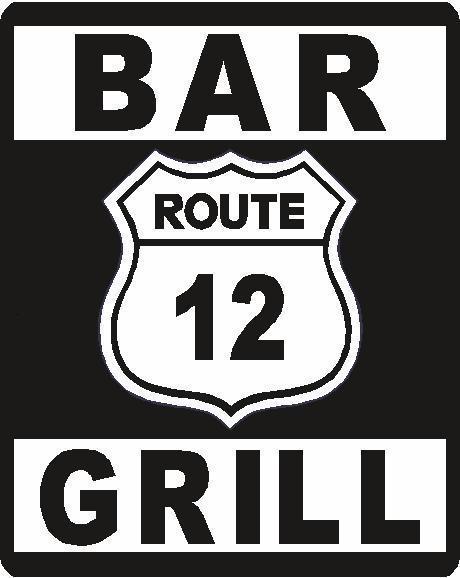
Come for The Burgers… Stay for The Beers!